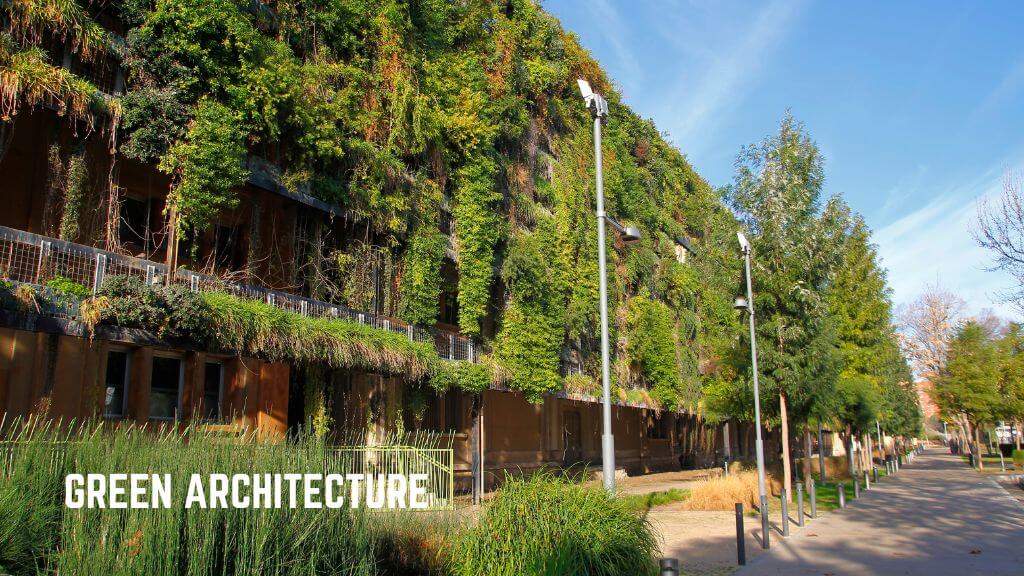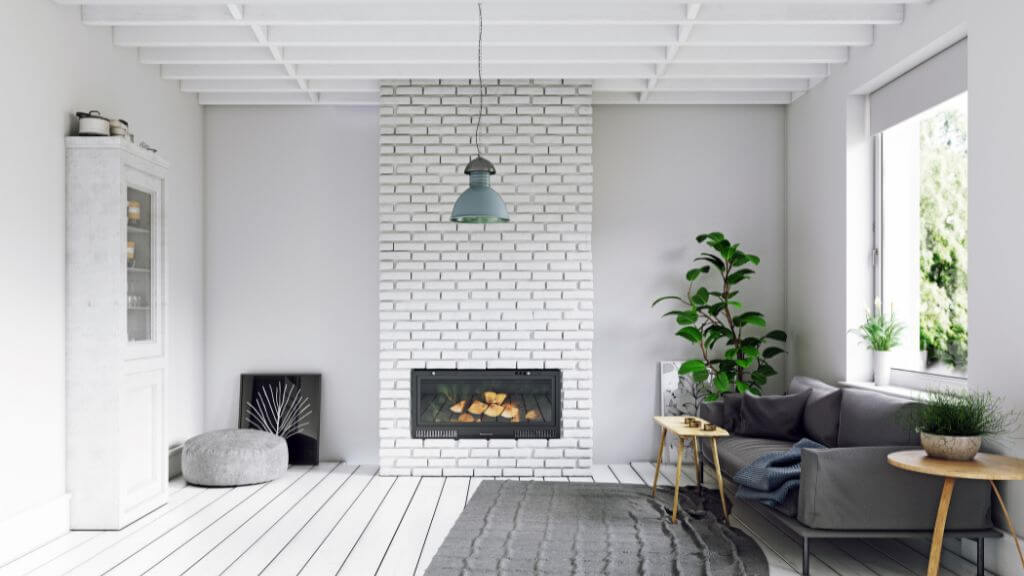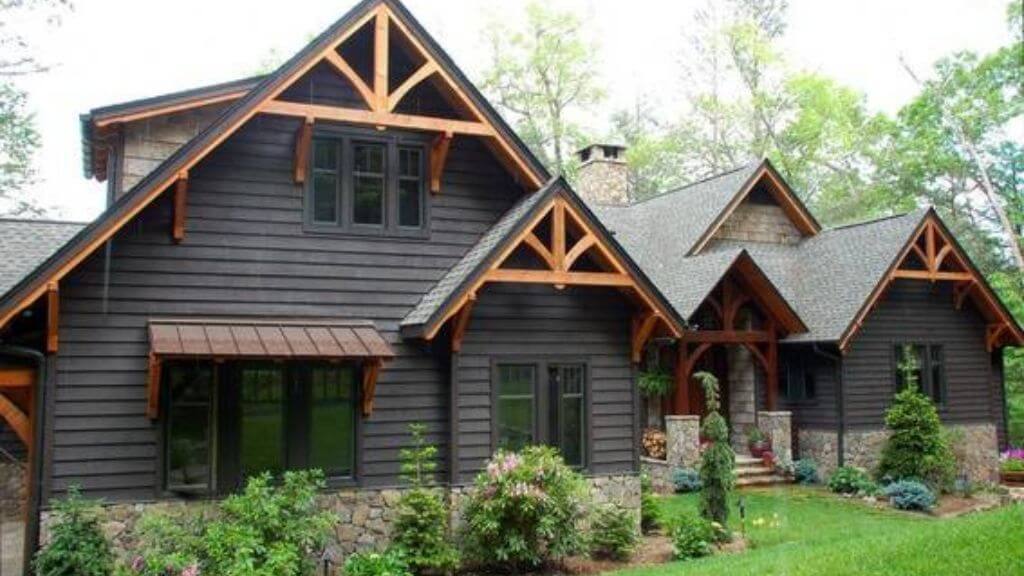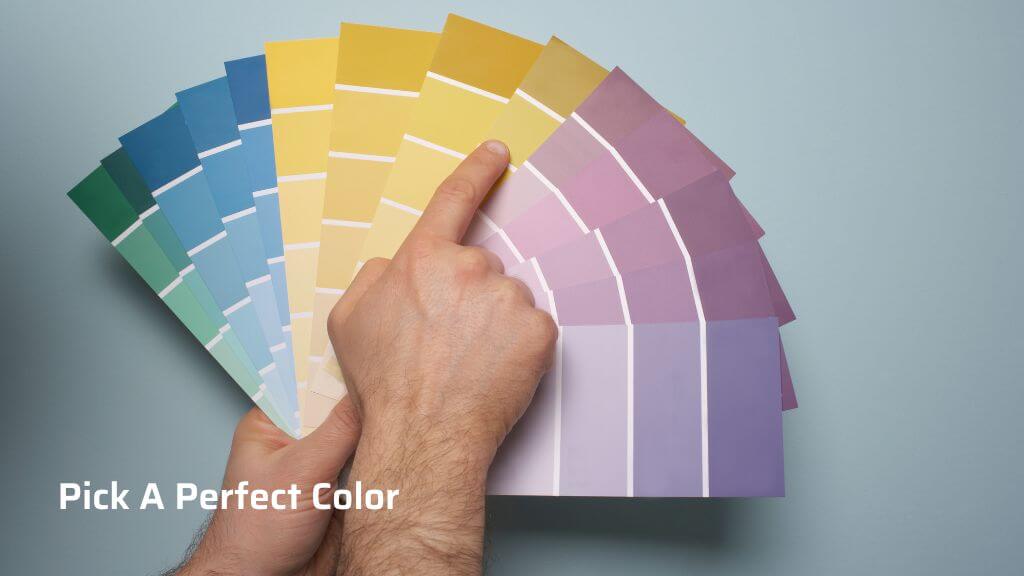Generally speaking, green architecture is a term used to describe the construction of buildings using environmentally responsible processes. It refers to the design, construction, operation, maintenance, and demolition of buildings in order to make them more sustainable.
Design
Whether you are building a new home or renovating an old one, incorporating green architecture into your design is a smart way to help the planet. There are many different reasons to go green, from saving money to improving indoor air quality.
According to the 2021 MasterCard survey, about 58% of adults said they were more aware of the environmental impact of their day-to-day lives. This increased awareness of environmental challenges is having a positive effect on businesses, leading many organizations to embrace green building practices.
Green architecture is a concept which aims to reduce the environmental impact of architecture, while also being comfortable and functional. Green architecture may incorporate renewable energy systems and rainwater harvesting. Some green buildings are also designed with native plants or solar panels.
It’s not always easy to incorporate green design into your home or business. It takes time, collaboration, and a lot of hard work. It’s important to work with a team of industry professionals and find the right resources for your project.
Green architecture consists of many elements, such as building materials, energy conservation, and recycled content. The best way to ensure that your home or office is sustainable is to use eco-friendly materials. Many manufacturers sell recycled content materials or provide eco-friendly construction materials.
You can also reduce your building’s energy costs and improve your building’s indoor air quality by choosing a highly efficient HVAC system. By using proper building orientation, you can reduce the need for electric air-conditioning and optimize heating and cooling needs.
In addition to improving your building’s energy efficiency, using green architecture methods can also protect biodiversity during construction. In addition, green architecture may also feature commercial toilet composting, rainwater harvesting, or solar panels.
Construction
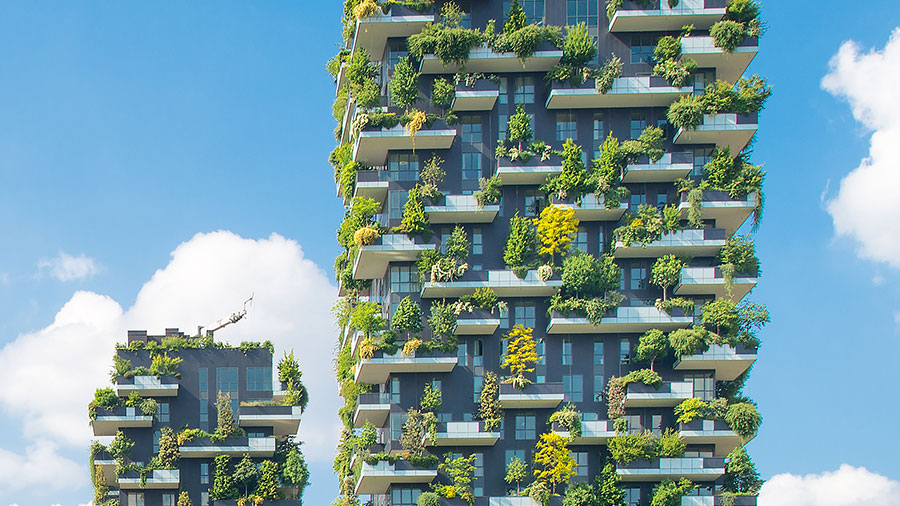
Choosing a green construction method is an important step toward achieving a sustainable lifestyle. It is also an important part of sustainable urban development. By using green construction, a building can harmoniously combine with the natural features of its surroundings.
One of the biggest benefits of building green is the reduction in energy usage and the reduction of pollution. The use of renewable energy can help reduce the carbon footprint of a building, which in turn reduces the carbon output of the planet. In addition, the use of clean energy powered heating and cooling systems can make a building energy efficient.
Green construction also allows for the development of new types of building structures. For example, the use of solar panels can provide a clean, renewable source of energy. Similarly, the use of wind power plants can also help power a building.
Green architecture is a booming industry. A few companies have emerged on the scene, including Becker Architects, Moss Architects, and Cook Architectural Design Studio. These companies have been able to design and build some truly eco-friendly projects. They use recycled construction materials and incorporate the best of green technologies into their buildings.
There are many other green construction companies in the field. Some are large, and others are small, family-run. Each has its own unique take on green architecture. However, there are a few common green construction techniques, such as the use of thermal mass. Thermal mass is made up of insulated concrete forms. The idea is to build a building with sufficient thermal mass to provide a significant amount of heating and cooling, without the need for external energy sources.
The best way to ensure a green building is to work with an architect who understands green construction techniques.
Post-occupancy management
Originally developed in Scotland, Post Occupancy Evaluation (POE) has become an established building assessment. It is a process of identifying lessons learned in existing buildings that can be applied to new building design. This can improve the performance of buildings and reduce costs. It can also increase productivity and morale.
A POE team will conduct an evaluation of a building, recording performance metrics and interviewing building stakeholders. The team will identify both high and low performance levels. It will also document the reasons for performance levels. It should then be presented in a standard report format.
In addition to the standard report format, a POE may involve quantitative or qualitative techniques. These may include measuring space usage, environmental monitoring and cost analysis. Water usage, waste and recycling may also be monitored.
Post-occupancy evaluation can be used to improve building operations and productivity. It may be ad hoc or ongoing. It can be conducted by experts who have no direct involvement in the original design. It can also include other studies of the building.
POE has been used to improve comfort and sustainable performance in buildings. Some studies focus on specific aspects of IEQ such as visual and thermal comfort. Others examine the relationship between IEQ and the comfort of occupants. These studies have shown that IEQ has a direct effect on occupants’ health and productivity.
Many studies have demonstrated that green buildings have better IEQ than conventional buildings. However, green design does not guarantee occupant well-being. A performance gap exists between the design intent and the actual performance of a building. The most common performance gaps are in energy consumption, CO2 emissions and water usage. These gaps can lead to productivity losses and can have a detrimental impact on building occupants’ health.
Materials used
Using sustainable building materials reduces energy consumption and helps protect the environment. These products are often more affordable than conventional materials. They are also less harmful to occupants. They help improve the indoor air quality of the building.
Green building also reduces carbon dioxide emissions by 50%. Recycled steel can be used for framing, insulation, and landscaping pebbles. Reclaimed wood can be used for flooring and decorative elements. Bamboo is also a low-cost alternative to steel in light construction.
Materials used in green architecture also help to increase the lifespan of a building. They prevent the growth of biological contaminants within the building. They are also moisture resistant. This reduces the rate of sick building syndrome.
Wood is a naturally occurring material that has been used for thousands of years. It is also biodegradable. The manufacturing process does not produce harmful emissions. Wood also provides a durable material that can be recycled.
The high cost of construction materials is one of the major barriers to decent housing. Today, sustainable building materials are easy to find and affordable. They are also used for high-end architecture.
Green architecture also entails a proper construction technique. This ensures that the site will not degrade during or after construction. This also reduces the waste during construction. Using recycled materials ensures that resources are not wasted.
In addition to energy and water conservation, materials used in green architecture also help to enhance water quality. They are often used in landscape areas to reduce the rate of water pollution.
Green buildings are also a great way to save money on insurance. They also provide a healthier workplace. They are well-insulated and promote indoor air quality.
Examples
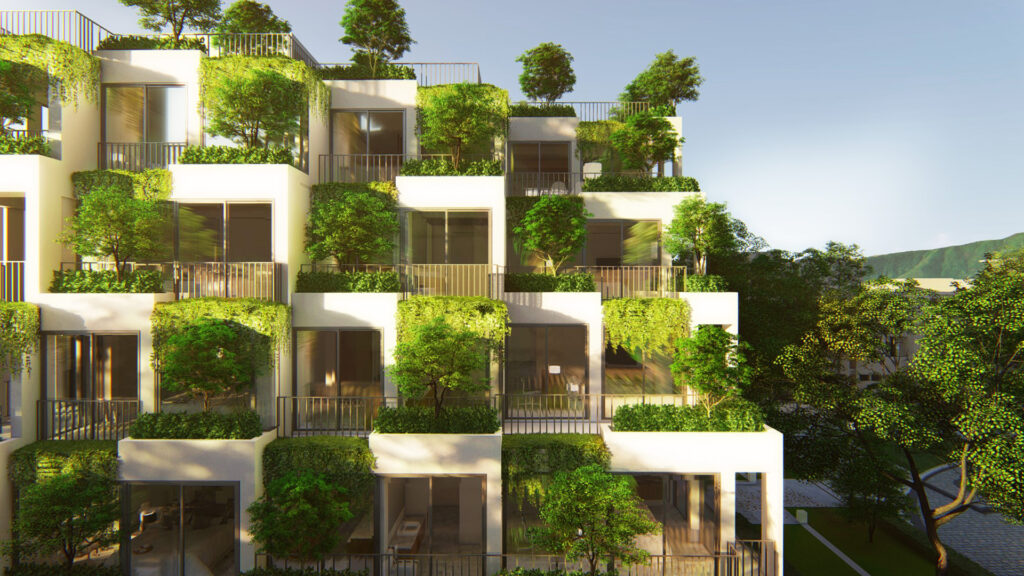
Using sustainable building techniques is essential in combating climate change. The best examples of green architecture are designed to reduce the impact on the environment, as well as improve the quality of life.
A green design begins before a building is built. Green design incorporates environmentally friendly materials, renewable energy sources, and appropriate technology. Architects also seek to use recycled materials. These techniques minimize embodied energy, which is the energy required to make the building.
Some of the most famous examples of green architecture include the Park Royal Hotel Pickering, which features curved high-rise gardens and waterfalls. The Toronto Tree Tower is a proposed residential block made from timber, with plants and staggered walls.
Another example of green architecture is the Cliff Palace, which is located in Mesa Verde National Park. This sandstone structure was built by the ancient Pueblo people, and was used to capture the sun’s heat.
Other examples of green architecture include the Shanghai Tower, which is 600 meters tall. The tower uses environmentally friendly design techniques and has a double skin facade to regulate internal temperature. The tower also converts waste into electricity.
Other examples of green architecture include the The Farmhouse, which is a green building designed to reconnect people in cities with agriculture. It also features a 10-meter-high buffer zone, which consists of 2,500 trees in multiple layers.
Green architects have also developed buildings that are completely self-sufficient. The Yin & Yang house in Kassel, Germany, designed by Chris Precht, is completely self-sufficient and uses natural resources.
Green buildings also save money on energy and water. This is because they use 25 percent less energy than standard commercial buildings. In addition, green buildings use recycled materials, thereby reducing embodied energy.
You can follow more articles:
Louvre Pyramid Architect: Understanding The History Of Design Behind
